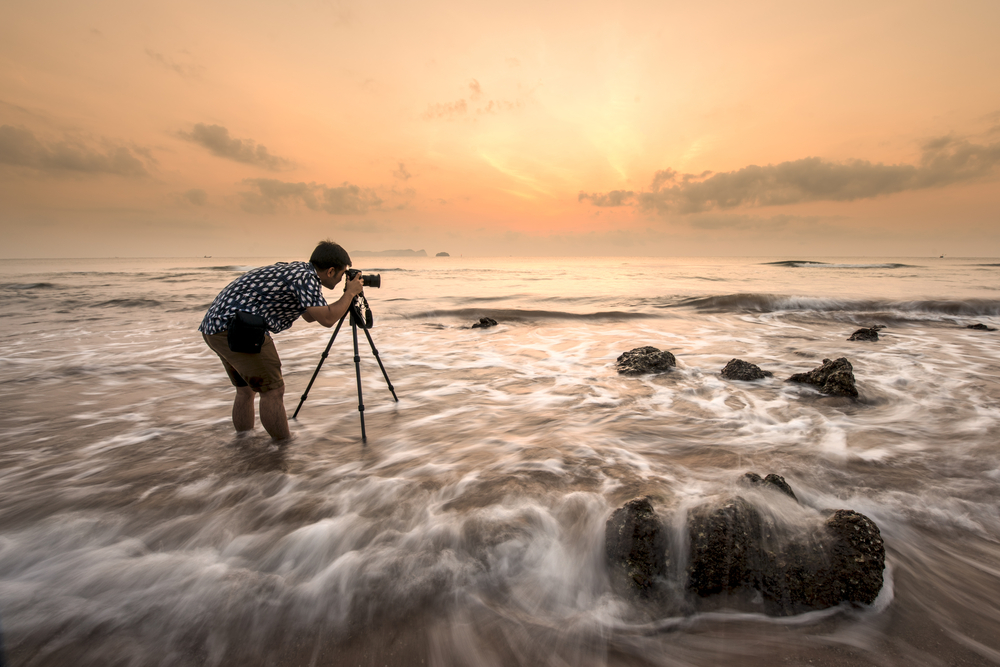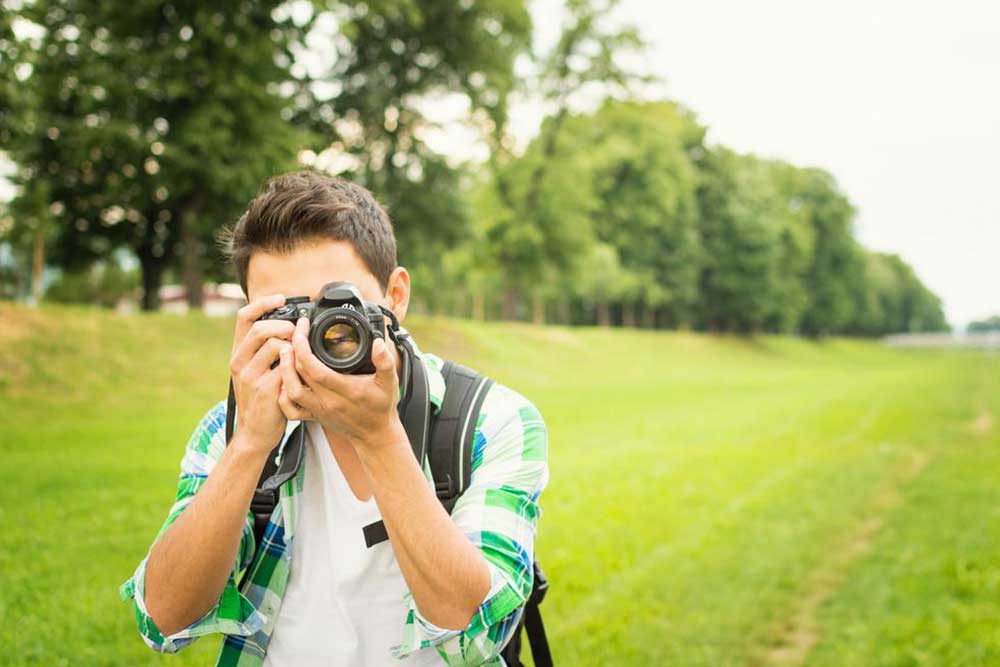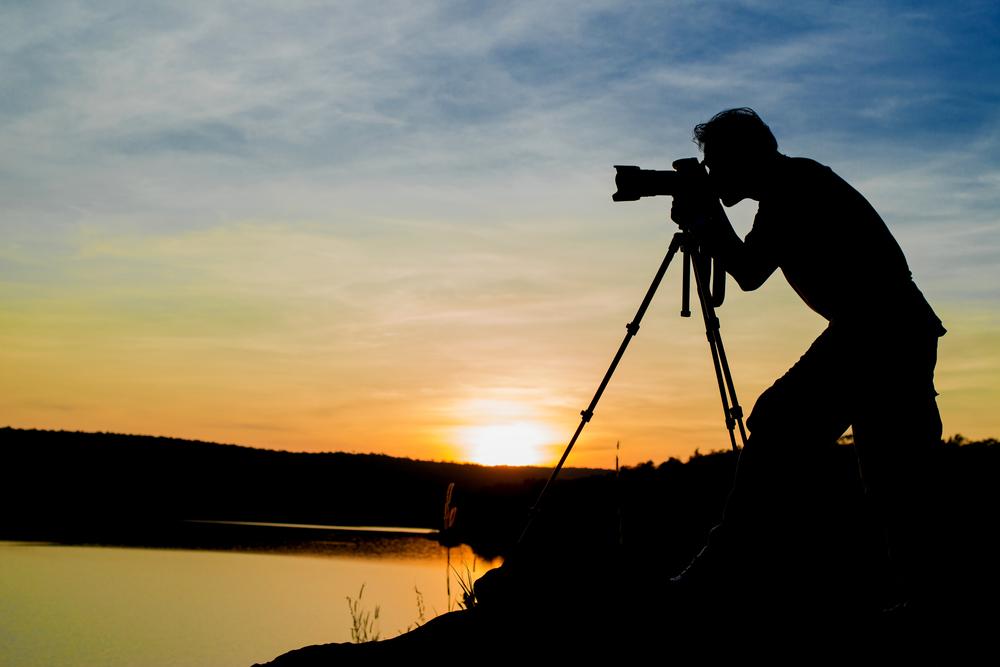Exploring the Structure of a Digital Photography Education Program
This article provides an in-depth overview of the curriculum and structure of digital photography schools. It covers historical developments, core courses, practical training, and the evolving role of digital photography in various industries. Designed for aspiring photographers and educators, the piece highlights the importance of specialization and staying updated with technological trends. It underscores how digital photography education prepares students for professional and amateur pursuits across diverse fields, contributing significantly to modern visual communication and industry needs.

Exploring the Structure of a Digital Photography Education Program
Overview of a Digital Photography Education Program
Introduction
A digital photography institute functions similarly to traditional educational establishments. Its primary goal is to equip learners with essential technical skills in photography. These schools feature instructors, textbooks, practical exercises, and assessments akin to standard schools. Just as language programs teach linguistic skills, digital photography courses guide students to become competent photographers. Participants can pursue professional or amateur paths based on their ambitions and goals.
Do these programs follow a fixed syllabus? Yes. Like all academic subjects, photography encompasses specific core areas of study.
Historical Development of Photography
Photography has a rich history that dates back to Alexander Wolcott’s invention of the first camera in 1840, marking the beginning of the photographic journey. From early innovations to the digital era, with Russel Kirsch’s digital camera in 1957, technology has evolved remarkably.
Understanding these historical milestones is vital for dedicated students. Most digital photography curricula incorporate such background information. Yet, practical training in the techniques and artistic aspects—the core of the craft—remains a primary focus.
Core Course Offerings
Top-tier digital photography programs often provide specialized courses, covering everything from basic skills to advanced digital techniques. Given the wide scope, students usually choose a specialization aligned with their interests. Common foundational courses include:
Foundations: A brief three to four-week course introducing camera types, lenses, SLR operation, and lighting techniques. Class activities typically include lectures, demonstrations, and on-site/outdoor shooting exercises.
Creative Vision and Personal Style: Emphasizes developing unique shooting techniques and cultivating individual artistic expression.
Applied Photography Skills: Extends over one to two years, focusing on industry standards and transforming photography into a profession.
Video and Multimedia Projects: Long-term courses that prepare students for commercial shooting, editing, and large-scale production workflows.
These examples highlight the diversity of courses in a typical digital photography school. From passport photos to elaborate film productions, the curriculum caters to various fields such as nature and event photography. Ultimately, these institutions serve both individual enthusiasts and major industries like film and media.
Concluding Remarks
The widespread adoption of digital cameras in the 21st century has expanded photography beyond personal keepsakes and cultural activities. Today, photography plays an integral role in security, surveillance, heritage preservation, healthcare, and more. The versatility of digital tools benefits both hobbyists and professionals. Leading digital photography schools continuously update their curricula to keep pace with technological advances, ensuring students are well-prepared for modern opportunities.
Note:
Our blog offers diverse content designed to inform and guide readers through various topics. While our research aims to provide accurate insights, readers should consider additional sources for comprehensive information. We are not responsible for discrepancies or updates in third-party data. Keep in mind that some offers and schemes may vary or be unavailable over time.









